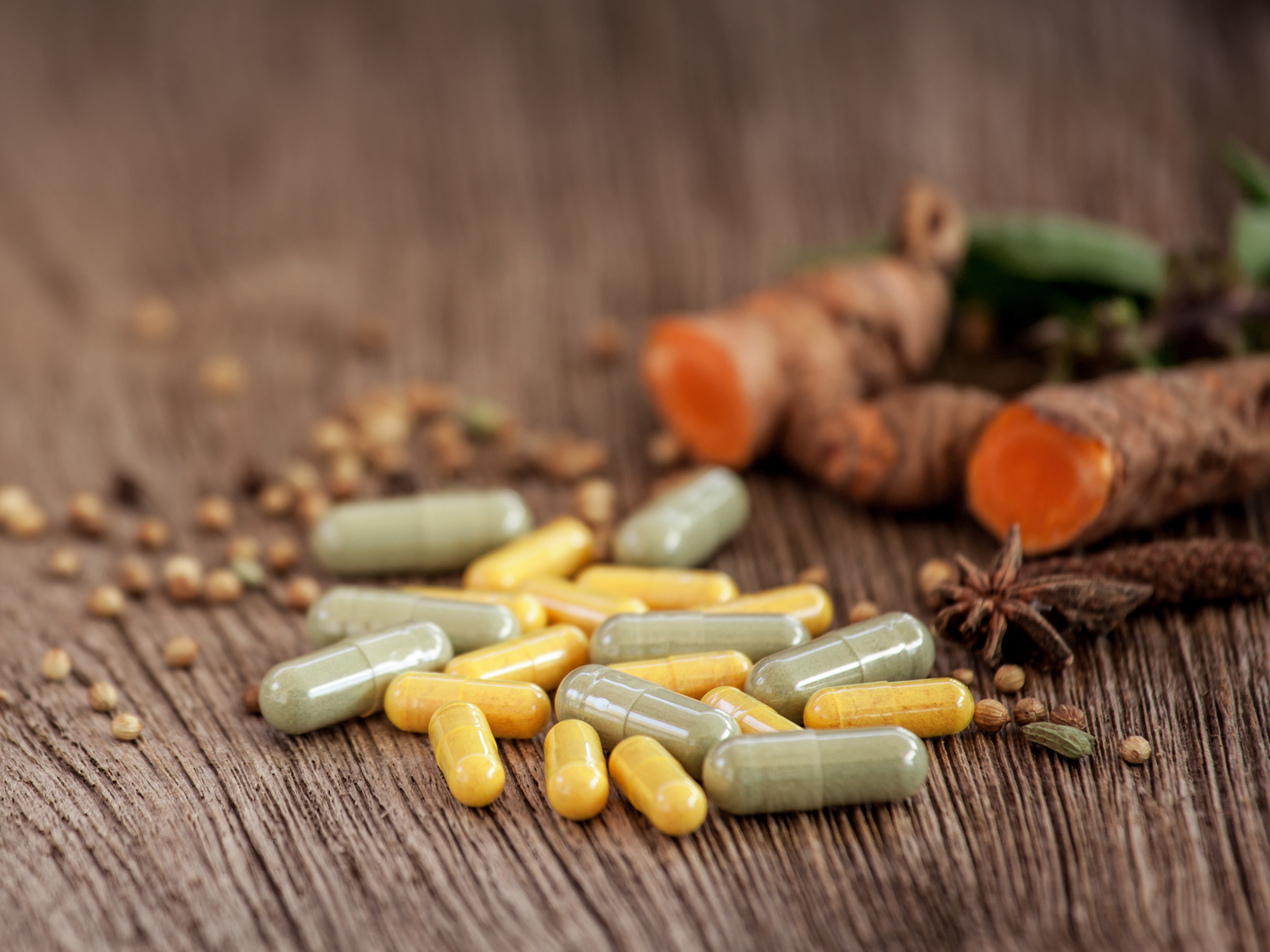Get Easy Health Digest™ in your inbox and don’t miss a thing when you subscribe today. Plus, get the free bonus report, Mother Nature’s Tips, Tricks and Remedies for Cholesterol, Blood Pressure & Blood Sugar as my way of saying welcome to the community!
2 antibiotic alternatives good for the gut

While antibiotics may be necessary for bacterial infections, they are often over-prescribed for minor infections — and prescribed for colds, flus, or other viral infections for which they are ineffective.
For instance, 33 percent of patients who visit a physician for a common cold receive a prescription for antibiotics. The common cold is a viral condition, but even at that, it’s a mild, short-term condition that a healthy immune system can generally overcome on its own.
Because they are so frequently prescribed, antibiotic resistance has become a big problem across the globe.
Not to mention, there are several consequences for your own health as well…
My colleague Craig Cooper has covered the negative health consequences of antibiotics before — which are many.
But, perhaps most concerning, though, is the damage they can do to your second brain, the body’s most vital forgotten organ — your gut — where a disruption in your bacterial balance can trigger reactions ranging from menopause to digestive diseases and even mood and immune system disorders.
Related: Take probiotics and this may happen to your brain
It is truly unfortunate that as a result of taking them, many patients are left dealing with newfound health problems. Before you head to your general physician for your next round, try these two potent natural alternatives instead…
Echinacea
Used as a medicinal plant by Native Americans for centuries, echinacea (also known as the purple coneflower) is the third most popular herbal remedy sold in the US today.
Echinacea has been shown to stimulate fibroblasts, which are types of immune cells involved in repair. It activates the process of bacterial scavenging in the blood, a process known as phagocytosis. And it enhances respiratory activity, which mobilizes immune cells.
All of these actions make it the perfect solution for coughs, colds, flus and upper respiratory tract infections. Echinacea can be taken as a remedy for acute viral attacks or for prolonged periods to help boost immune function.
For example, used as a preventive cold treatment over the three to four month duration of winter, it’s been shown to reduce the number of colds by 58 percent.
And unlike antibiotics that can harm your good gut bacteria, the use of Echinacea purpurea was shown to increase Bifidobacterium — a friendly bacteria often included in probiotic supplements.
Echinacea can be taken as a tincture (added to water), in supplement form, or consumed as an herbal tea.
Pau D’arco
Pau d’arco (also known as red lapacho) comes in both tea and supplement form and is derived from the bark and heartwood of the Tabebuia impetiginosa tree. This bark and heartwood contain many powerful healing plant compounds.
It’s traditional use ranges from treatment of cancer, syphilis and malaria; through to fevers, fungal and bacterial infections, and stomach disorders. Popularized in the mid 1800’s by a Western doctor, it was used medically for the treatment of ulcers, fevers, rheumatic disorders, and all sorts of skin conditions.
One of its greatest influences is its ability to selectively modulate gut bacteria. One study compared pau d’arco to two antibiotics (chloramphenicol and tetracycline) and found that unlike antibiotics, which kill both good and bad intestinal bacteria, leading to decreased immune function; pau d’arco kills the bad bacteria but maintains the good bacteria to help support stronger immunity.
Throughout history the common method of intake has been to consume pau d’arco as a tea (known as a strong decoction) two to four times per day. For cancer fighting purposes, the recommended steep time is 5-10 minutes to extract the beneficial components. You can also purchase it in supplement form.
Next time you find yourself feeling blue, rather than consult with a general physician, try visiting an integrative doctor, nutritionist or alternative health practitioner that can advise you on an even wider range of alternative methods to enhance your immune function.
Sources:
- Izzo AA, et al. A Critical Approach to Evaluating Clinical Efficacy, Adverse Events and Drug Interactions of Herbal Remedies. — Phytother Res. 2016;30(5):691-700.
- Ross SM. Echinacea purpurea: A Proprietary Extract of Echinacea purpurea Is Shown to be Safe and Effective in the Prevention of the Common Cold. — Holistic Nursing Practice. 2016;30(1):54–57.
- WANG, Chongchong et al. Echinacea purpurea Extract Affects the Immune System, Global Metabolome, and Gut Microbiome in Wistar Rats — Journal of Agricultural Science, [S.l.], v. 9, n. 4, p. p1, mar. 2017. ISSN 1916-9760. Date accessed: 23 oct. 2017.
- Richter M, et al. Pau d’arco activates Nrf2-dependent gene expression via the MEK/ERK-pathway. — J Toxicol Sci. 2014;39(2):353-61.
- Byeoung-Soo P, et al. Selective Growth-Inhibiting Effects of Compounds Identified in Tabebuia impetiginosa Inner Bark on Human Intestinal Bacteria. — J Agric Food Chem. 2005;53:1152−1157.
- Gómez Castellanos JR, et al. Red Lapacho (Tabebuia impetiginosa)–a global ethnopharmacological commodity? — J Ethnopharmacol. 2009;121(1):1-13.












